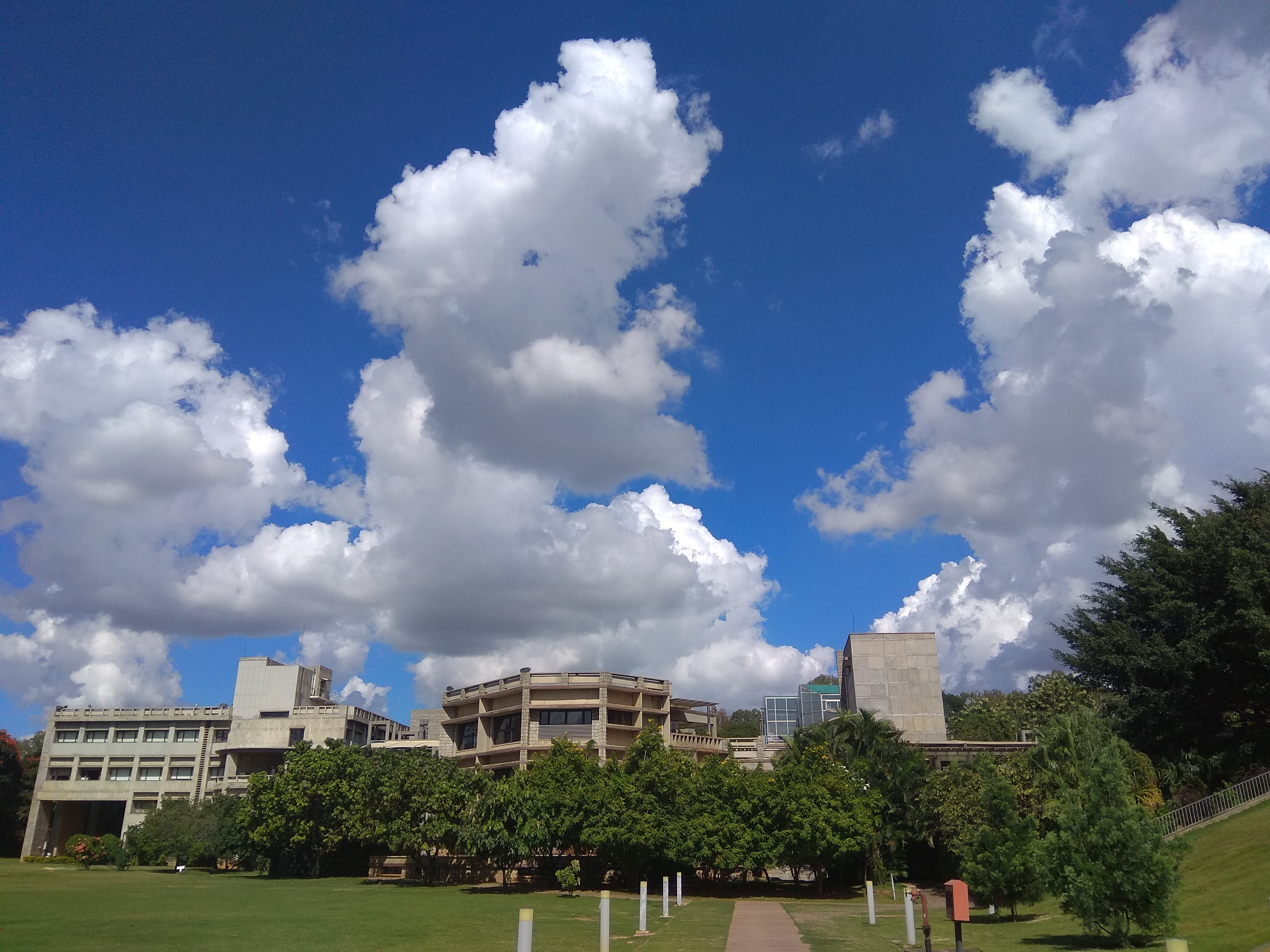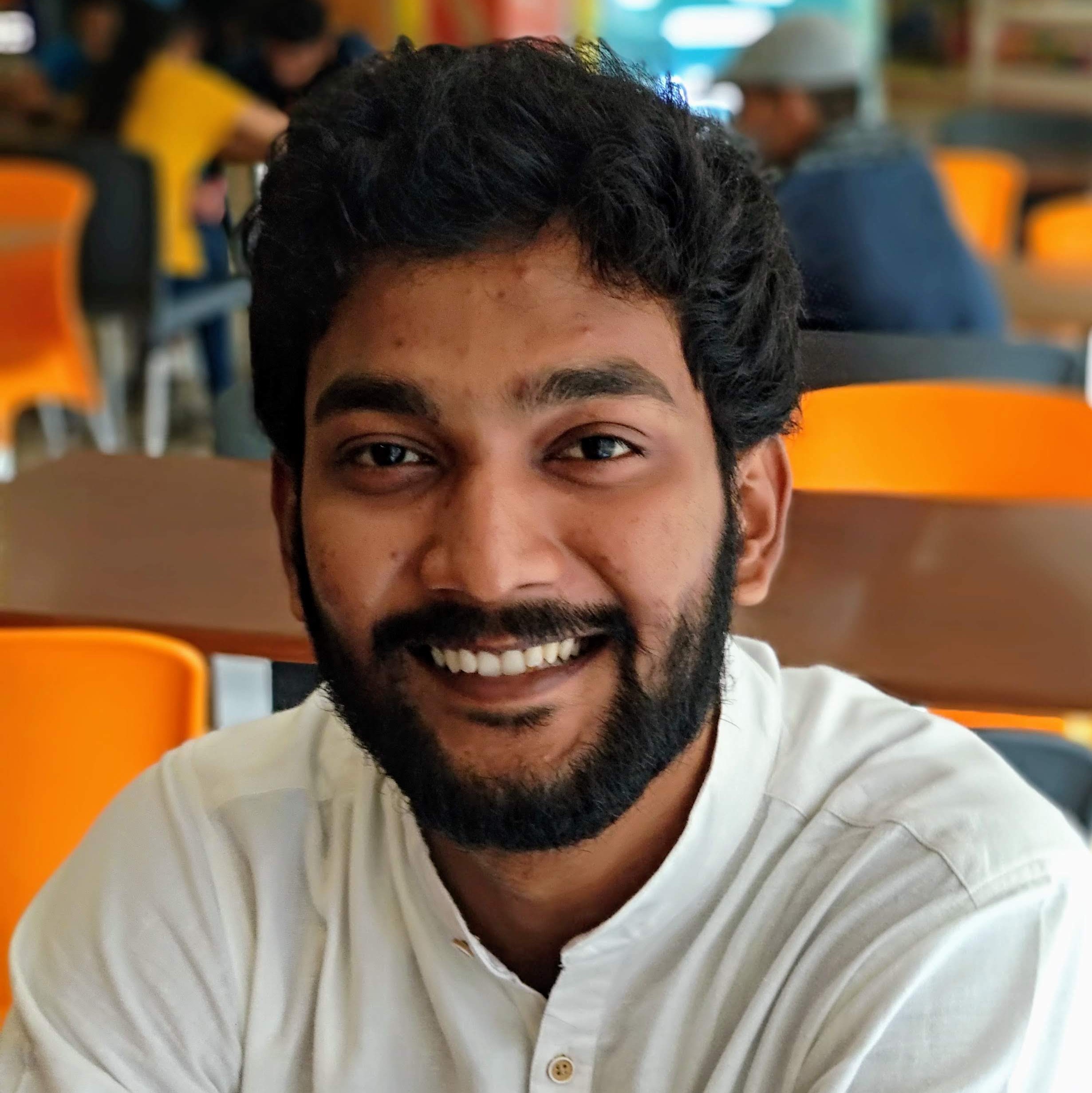Education and Academic Background
I have a Master’s degree in cell and molecular biology from Dr. Vikram Sarabhai Institute of Cell & Molecular Biology, The Maharaja Sayajirao University of Baroda, India.

National Centre of Biological Sciences (NCBS), Bangalore, India
Supervisor: Dr. Sabarinathan Radhakrishnan
Position: Graduate Trainee (August 2018 – July 2019) Project: Unraveling the zygosity selection and allelic expression imbalance of cancer driver mutations
The products of Dominant-negative mutation (DNM) affect wild-type allele’s lfunction. DNMs in tumour suppressor genes have been reported in multiple cancers and they can drive tumour progression. My work involved fishing and understanding the nature of Dominant Negative Mutations in tumour suppressor genes across tumour types using TCGA exome data. We found potential candidates for Dominant Negative Mutations. The study was carried forward to understand their position and function on their respective protein structures.
Indian Institute of Science Education and Research (IISER), Pune, India
Supervisor: Dr. Sudha Rajamani
Position: Master’s Thesis Student (May 2017 – November 2017) Project: Binding of nucleobases to prebiotic Amphiphilic assemblies: Implications for the Origin of Life
Similarly amphiphilic as phospholipids, fatty acids and related single-chain lipids are thought to have been available in the prebiotic environment. Only at a narrow pH range, fatty acids form stable bilayer membrane vesicles. These vesicle membranes might have played a crucial role as a selection pressure in the selection of present nucleobases. Nucleobases that were able to interact with the membrane were able to incorporate into the vesicles and accumulate at higher concentrations. This might have allowed for the formation of higher-order nucleobase structures leading to the formation of the first protocell. To test this hypothesis, I standardised a protocol for understanding interactions between fatty acid vesicles and nucleobases, and used Differential Interference Contrast (DIC) Microscopy to confirm vesicle formation. The protocol was then used to investigate the ability of different nucleobases (canonical and non-canonical) to interact and bind with fatty acid vesicles. Their interactions were calculated as the percentage of nucleobases that are interacting with vesicles and getting precipitated during ultracentrifugation along with vesicles. UV spectroscopy was used to check absorbance difference between control and test samples. In oleic acid vesicles, at pH 8.5, the prebiotically plausible nucleobases i.e. Barbituric acid, 2,4-Diamino-6-hydroxy-pyrimidine (DAHP), and 2,4,6-Triaminopyrimidine (TAP), show comparable bindings like their canonical bases, cytosine and uracil, respectively. The overall results indicate that with increasing concentration of the nucleobase, binding decreases for a specific concentration of fatty acid, with the exception of TAP in TDA assemblies. TAP, in comparison to cytosine, its close chemical relative, showed higher depletion and the possibility of forming higher-order structures in our reactions.
Indian Institute of Science Education and Research (IISER), Pune, India
Supervisor: Dr. Neelesh Dahanukar
Position: Research Intern (May 2016 – July 2016) Project: Molecular Phylogeny and phylogeography of freshwater fishes of sub-family Danioninae from India
The lab had a vast collection of preserved fish samples from all over the country spanning over 10 years. My project was divided into two parts. The first part focused on the genetic barcoding of the fishes. To achieve this feat, I dissected tissues from the fishes and extracted their DNA. I then amplified the barcoding gene (Cytochrome C Oxidase) using PCR and later purified it for sequencing. The second part of the project involved analysing the sequencing data. I performed sequence editing and alignment, phylogenetic hypothesis testing and phylogeography mapping. We were able to successfully chart out the distribution of 7 species from this family in the northeast and southwest regions of India. Molecular phylogenetic analysis of the barcoding gene helped us to identify new species, which are geographically and phylogenetically distant from known species. With regular interactions with my supervisor, my interest in evolutionary dynamics grew. I was able to learn about the fine balance of using wet lab and dry lab techniques to address questions studying evolutionary timescale.
Institute of Mathematical Sciences (IMSC), Chennai, India
Supervisor: Dr. Rahul Siddharthan
Position: Research Intern (May 2015 – July 2015) Project: Computational prediction and characterization of regulatory sites and cis-regulatory modules
I learned Python programming and worked on building models for predicting transcription-factor binding sites (Wasserman, W. W., & Sandelin, A. (2004)).
